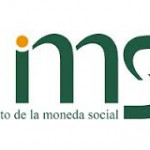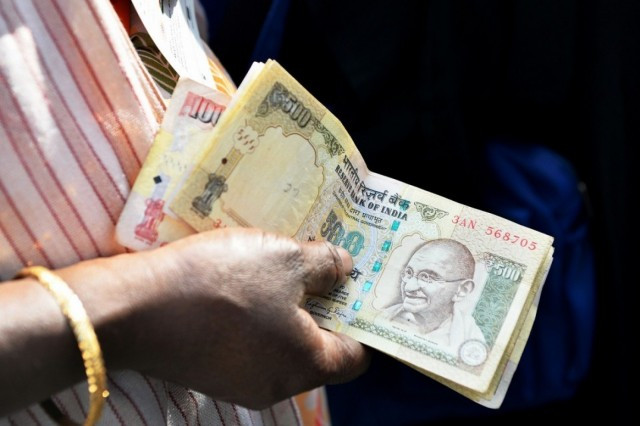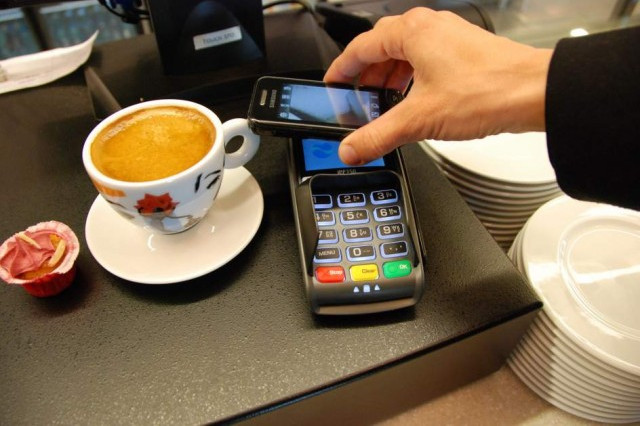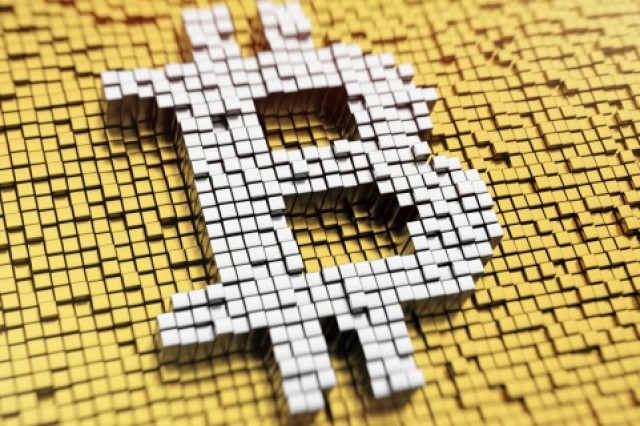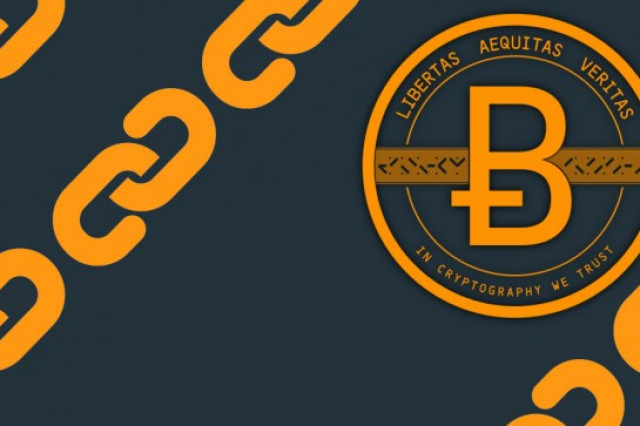The WIR Bank, or WIR (the abbreviation for The German word Wirtschaftsring, that is, "Economic Circle" and WIR also means "We") is a supplementary Swiss currency system that serves SMEs mainly in hospitality, construction, manufacturing, retail and professional services. The WIR provides a settlement mechanism in which companies can buy from each other without using Swiss Francs. However, The WIR is often used in combination with the Swiss Franc in transactions involving the two currencies.
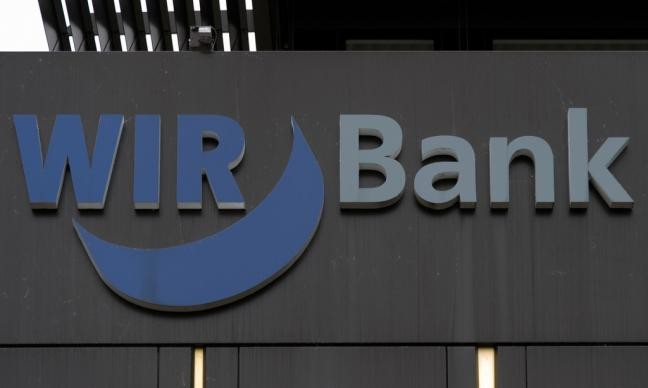
The WIR began in 1934, and now has more than 50,000 businesses subscribed and an annual turnover counted in ten figures. It therefore serves the world as an example of a scaled business-to-business system, opening up the market, particularly in times of economic crisis.
Community description
Currently, the WIR has more than 50,000 members (17% of the total number of Swiss businesses) with annual revenues of 1.5 thousand million Euros. Exchanges in WIR represents between 1 and 2% of the Swiss GDP.
Organization and history
The Swiss WIR was founded in 1934 by a small group of entrepreneurs who saw their income evaporated by the financial crisis during the inter-war period. It was based on the experiences of the exchange and compensation systems in Scandinavia and the Baltic related to the JAK bank (Defila 1994). Its first name was Freiwirtschaftsring-Genossenschaft '(Cooperative Circle of Free Economy) and was used until 1998, when it began to be called WIR. The main reason for establishing the WIR was the crisis of 29 and the search of how to mitigate its effects and that a future crisis could not do so as much damage again. Once joined the WIR, participants may use their units to conduct business transactions between them.
The WIR Bank ceased to be a non-profit entity with expansion. Beyond the founders, Enz and Zimmerman, they were inspired by Silvio Gesel's ideas about non-interest in money, but this position was abandoned in 1952, when interest in WIR credits began to be collected. During the period from '38 to '48, demurrage was applied, using a validation stamp.
The WIR has more than 50,000 members (17% of the total number of Swiss businesses) with annual revenues of 1.5 thousand million Euros. Exchanges in WIR represents between 1 and 2% of The Swiss GDP
In 1936, the acquired a licence to act as a bank in Switzerland. In 1999, the WIR began offering services in local currency and since 2000, it has provided services to people in conjunction with SMEs, working under the legal figure of a cooperative.
To be a member of the cooperative with voting rights in the general assembly, participants in the WIR payment system has to have actively participated and accepted the WIR and have at least ten shares that will be blocked for sale for the duration of their Membership. Anyone can buy shares, which are traded freely.
Impact
A study by the economist James Stodder showed how the WIR creates a countercyclical system, favouring stability in times of crisis and is based on the possibility of using its own currency in times of low liquidity.
Currency details
- Emission and suport:
The units of WIR enter into circulation by the delivery of credit to one of the members, and is removed from circulation on payment of the credit. The credit can be issued from the parent company in Basel, or from one member to another, but in both cases it is the parent company that underpins these issuances.
- Function and unit of account:
The unit of account of the WIR Franc (CHW) is the Swiss Franc (CHF), with a one-to-one parity, although by the WIR Bank statute, it is not possible to make a WIR currency exchange to Swiss Francs. (Douthwaite 1999: Ch. 2), allowing the money to be within the circle of the cooperative.
- There are no banknotes in the CHW:
It has always been electronic money, and since 1995 the cheques were replaced by payment cards and three years later, the online service was added. In quite special cases, if there are no card readers available, checks are still accepted.
- Twin currency transactions:
Not all participants accept payment of their services or goods in CHW, so it is common to find transactions made part in CHW and part in CHF. Those who accept receiving more than 30% in CHW are known as "official members", although there are many who accept up to 50%. Those who cannot guarantee the acceptance of at least 30% are considered "unofficial members", and since it is not necessary to publish this data, there are a number of "undercover" members.
All participants of the WIR can trade among themselves, and the bank is in charge of keeping balances up to date, which is zero when new members join
- Financing:
The WIR covers its costs using different mechanisms. The first is linked to the transaction fee, which is 0.06% for members and double this for non-members, which is paid with CHW. In addition, there is a service charge of 1.75% on mortgages for the organization's expenses. A third source of income is interest paid on loans by companies participating in the WIR. Again, a distinction is made between official and non-official members. Official members pay a 3.5% charge on account loans, while unofficial members pay a 2.5% charge. The interest rate varies from 1% to 1.5%.
- How it works in practice:
All participants of the WIR can trade among themselves, and the bank is in charge of keeping balances up to date, which is zero when new members join. They can start buying and selling to other members receiving CHW as a means of payment, causing their balance to increase or decrease, depending on whether they buy or sell. Their website provides the possibility to publish the service or whatever is on offer.
(*) http://www.monedasocial.org/


